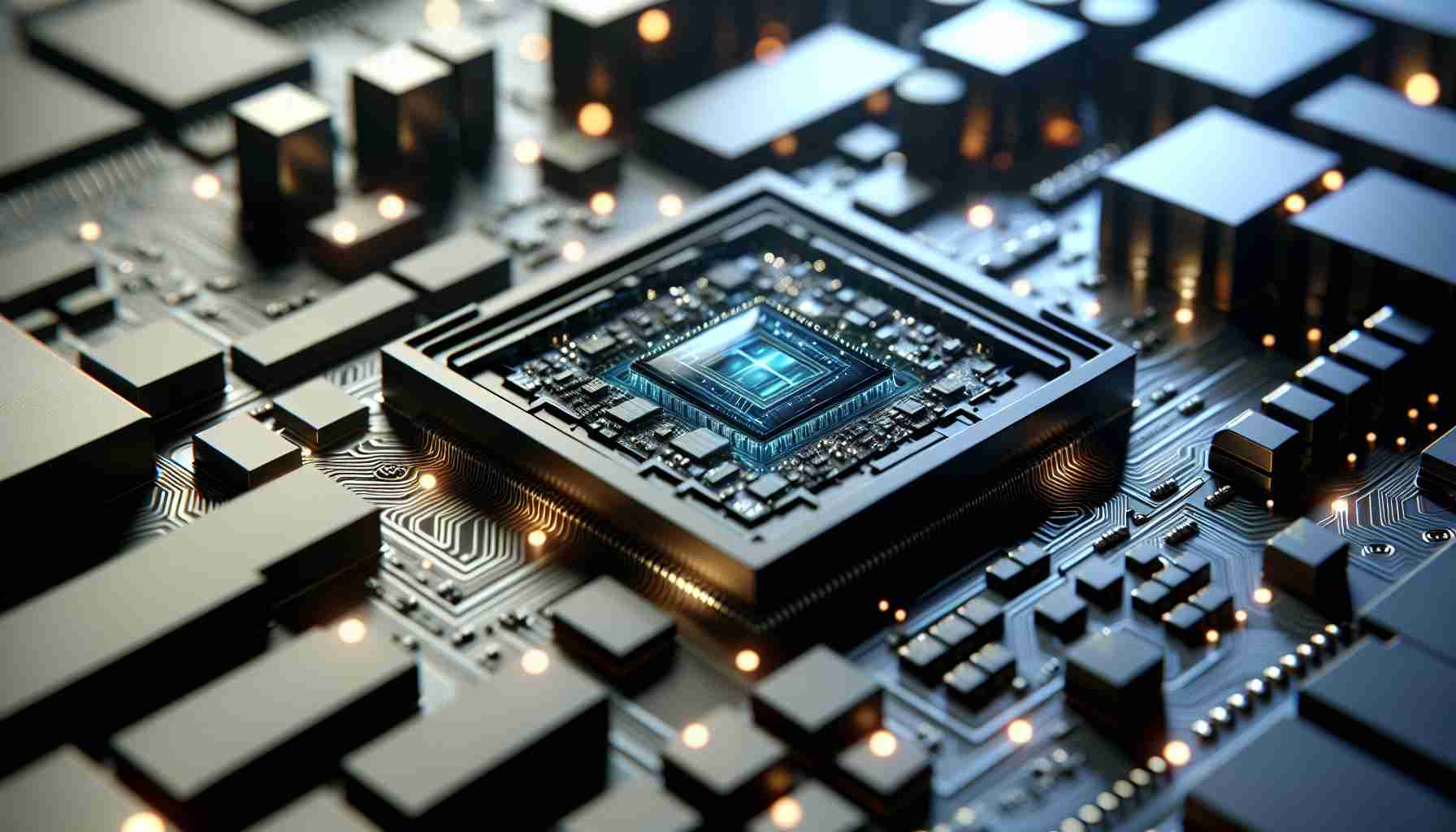Huawei’s Newest High-End Smartphones Impress, Despite Chipset Competition
Huawei’s launch of its flagship smartphone, the Pura 70 Ultra, has consumers buzzing with excitement due to its premium features and superior camera technology. Despite its strengths, the device’s Kirin chipset, produced with a 7-nanometer process, lags behind rivals such as Apple’s iPhone 15 Pro and Samsung devices.
In a rapidly advancing technological era where Apple utilizes a 3-nanometer chip and Samsung employs a 4-nanometer chip, the difference in chip manufacturing processes is pivotal. These more advanced chips offer faster performance and greater efficiency. Nevertheless, Huawei plans to escalate the competition with its forthcoming Mate 70 Series. Sources point to SMIC, the semiconductor giant, collaborating with Huawei to engineer a state-of-the-art 5-nanometer chip for these next-generation smartphones.
Anticipated Performance Gains with Huawei’s 5-nm Chip
The shift from a 7-nm to a 5-nm fabrication process is expected to result in a massive leap forward for Huawei. The new chipset is predicted to enhance overall performance, boasting improved efficiency and diminished heat production. Shoppers can look forward to the Mate 70 Pro’s accelerated speed, reduced power consumption, and consequently, extended battery life.
Despite the current 7-nm chips, Huawei optimizes performance through its HarmonyOS, ensuring a seamless user experience that holds its own against competitors. However, the evolution to a more sophisticated chip architecture could propel Huawei to a favorable position in head-to-head performance comparisons with Apple and Samsung.
Camera Excellence: Huawei Sets the Benchmark
While Huawei plays catch-up in chipset advancements, its mastery in camera technology is unparalleled. The Pura 70 Ultra has established remarkable standards in the industry, outshining Apple, Samsung, and even other tech giants like Google. Huawei continues to prove its commitment to innovation and raises expectations for what smartphones can achieve.
Customers interested in the powerhouse Huawei Pura 70 Ultra can find the latest presentation online, providing an in-depth look at what this top-tier handset offers.
Key Questions and Answers:
Q: How does Huawei’s upcoming 5-nm chip compare to the competition?
A: Huawei’s upcoming 5-nm chip aims to narrow the gap with competitors like Apple and Samsung who use 3-nm and 4-nm chips, respectively. The 5-nm chip is expected to offer significant improvements in speed, efficiency, and battery life compared to the older 7-nm chip used in Huawei’s current flagship model.
Q: What are the challenges Huawei faces in the chip manufacturing industry?
A: Huawei faces challenges due to restrictive trade policies from the US that limit its access to cutting-edge chip-making technology. It also contends with fierce competition from established chip manufacturers and other smartphone companies with advanced semiconductor production capabilities.
Q: What controversies are associated with Huawei?
A: Huawei has been at the center of controversies, especially with the US government, which has accused the company of espionage and a potential threat to national security. Although Huawei has denied such allegations, these claims have resulted in trade bans and restrictions.
Q: Why is the camera technology in Huawei smartphones noteworthy?
A: Huawei smartphones are known for their exceptional camera technology. The company collaborates with Leica, a premium camera manufacturer, to provide advanced photography features that often outperform competitors. Huawei’s cameras are celebrated for their sharpness, color accuracy, and low-light performance.
Advantages and Disadvantages:
Advantages:
– The 5-nm chip is expected to significantly enhance performance, operational efficiency, and battery life compared to older models.
– HarmonyOS provides a tailored software experience that maximizes the potential of Huawei’s hardware.
– Huawei’s smartphones are renowned for industry-leading camera technology, often setting new standards for mobile photography.
Disadvantages:
– Huawei’s chipset technology currently lags behind industry leaders like Apple and Samsung, affecting its overall competitiveness in the market.
– Ongoing trade restrictions and security controversies limit Huawei’s access to the global market and may impede its ability to develop and obtain advanced technology.
– While Huawei leads in camera technology, its overall brand perception has been tainted by political controversies, which could influence consumer confidence negatively.
For more information on Huawei and its products, you can visit their main website:
Huawei Official Site.
Please note, it is always recommended to visit the official site of the brand for the most accurate and up-to-date information.
The source of the article is from the blog qhubo.com.ni
